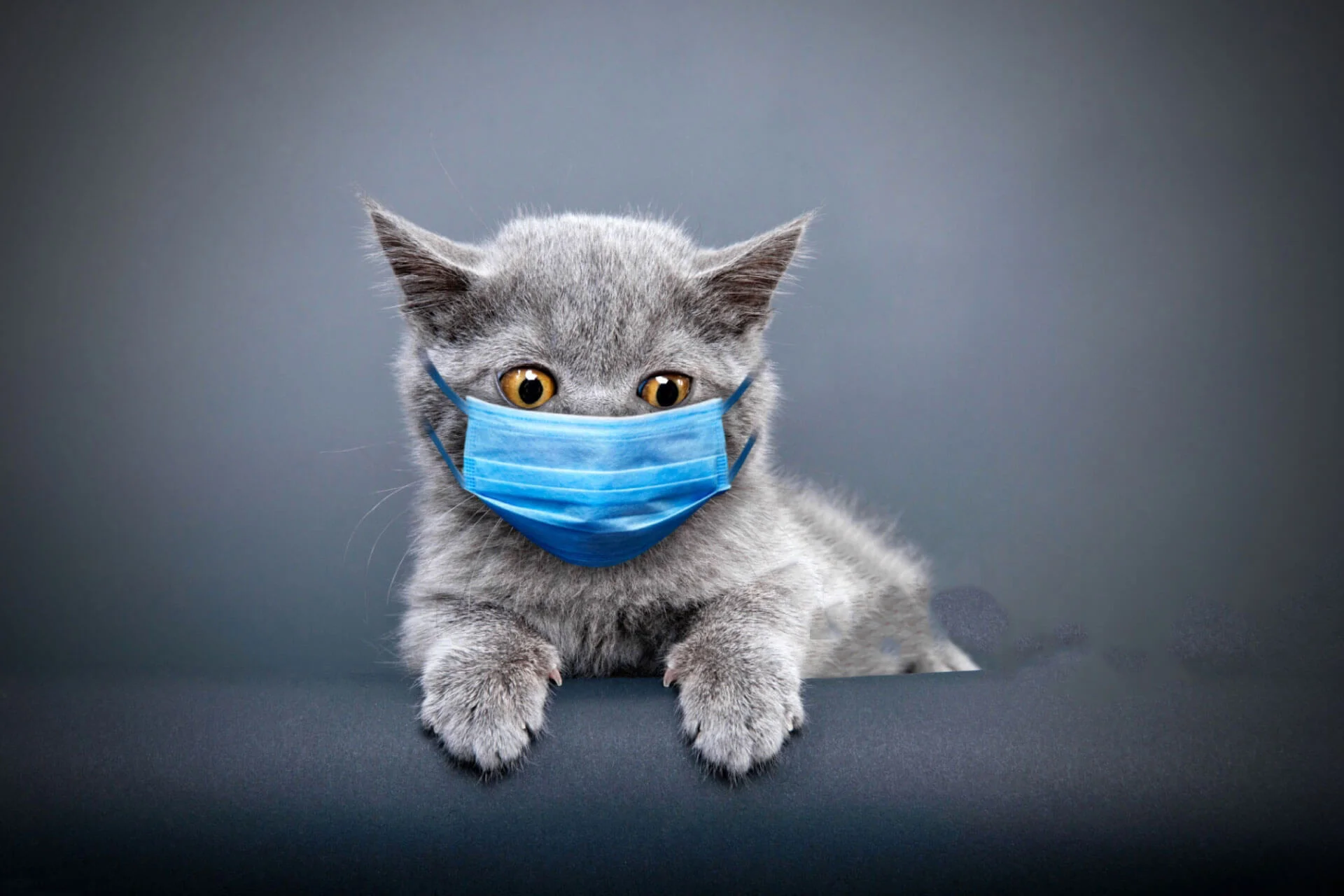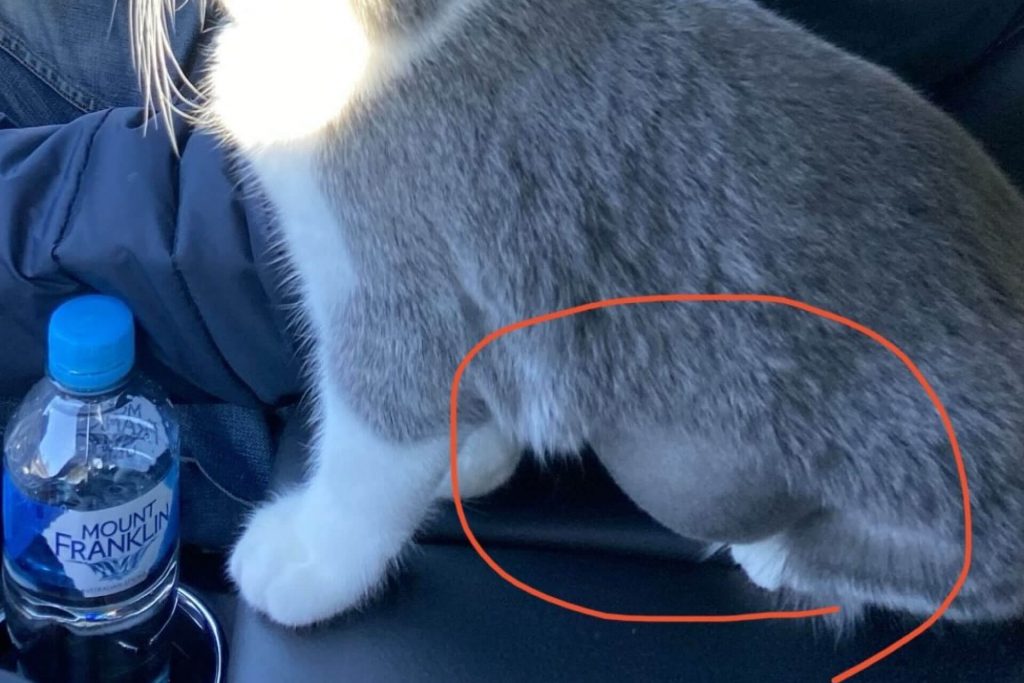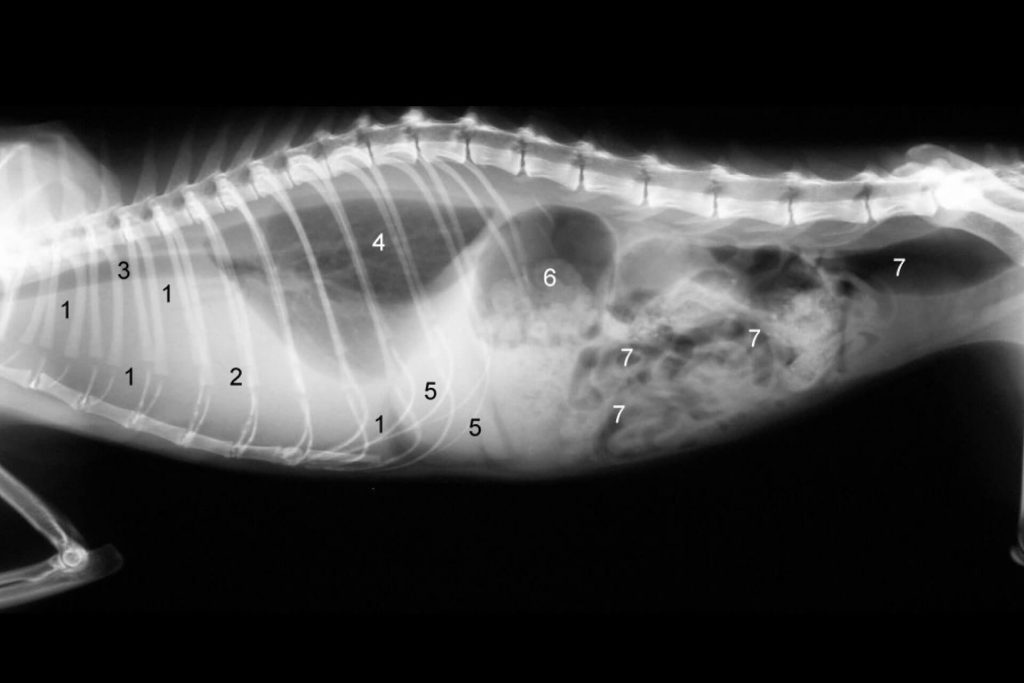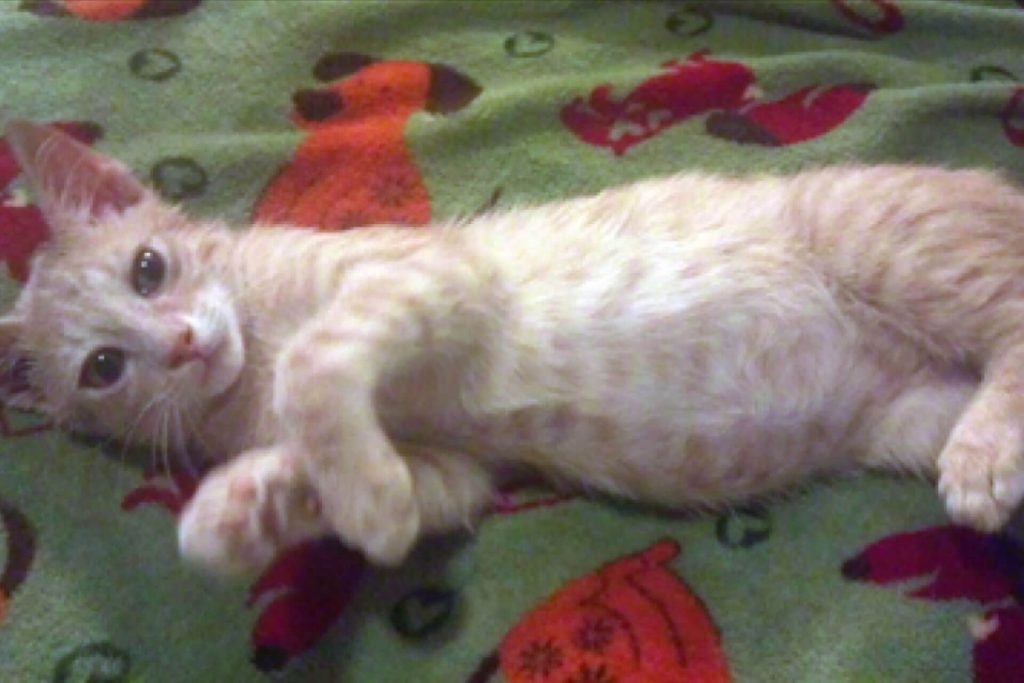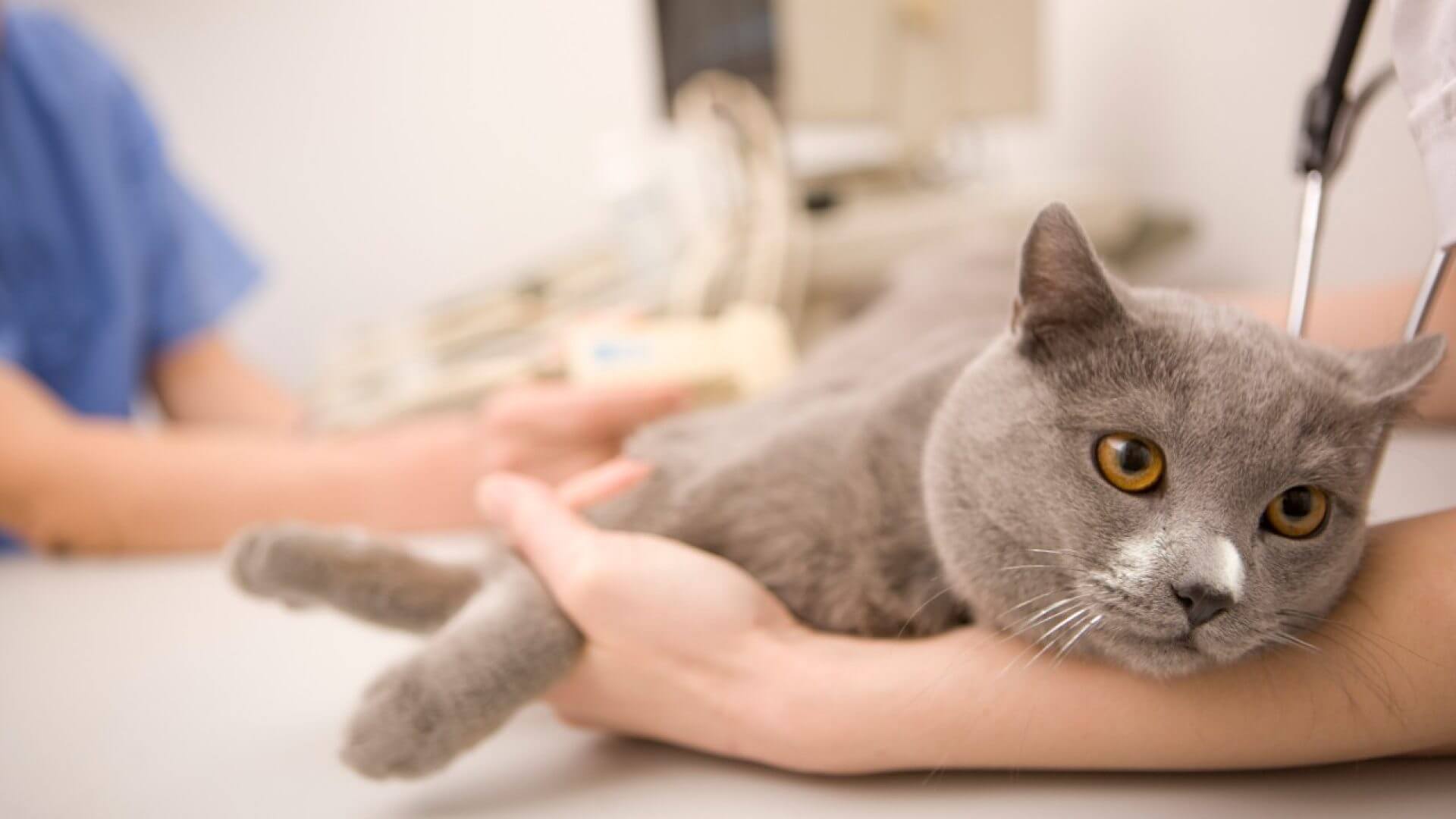
WHAT IS CORONA VIRUS / FIP DISEASE IN CATS?
Today, with the increase in our association with our pet friends, an increase in disease rates is inevitable. One of the most important of these diseases is FIP disease, also known as the corona virus of cats. Along with the developments in veterinary medicine, new treatment options are making us happy day by day in many diseases that used to be helpless, together with new treatment methods. In this article, ‘What is FIP disease in cats? What are the symptoms of Fip? Is the GS44 vaccine a treatment for FIP? Is fever one of the symptoms of FIP?’ We answer your questions!
At What Age Does Fip Disease Appear in Cats?
Corona virus disease of cats; Although it can affect cats of all ages, it is a chronic disease that often affects cats under the age of 3, especially 4-16 months old cats. When the clinical signs of the disease begin to appear, it is seen with high mortality rates, but in some cases, survival times are encountered on a week-by-week basis. FIP disease is a disease that develops as a result of mutation of intestinal corona viruses of cats. The feline intestinal corona virus is a virus that is positively detected in many cats but not specified as harmful.
Contamination is shaped by the ingestion of this virus (Orally) by other cats, which are negative by scattering around with feces, in environments where cats live intensely or where positive cats are present. Mutant Feline Corona viruses have the ability to multiply rapidly. Some cats may be genetically resistant to this mutant virus and these cats may not develop the disease. However, stress and other factors (the age at which they were exposed to the virus, the stress factors at the time of infection, etc.) are effective in the emergence of the disease in many cats.
What Are the Symptoms of Fip in Cats?
After exposure to this virus, which is widely found in the external environment, a clinical picture may occur with the mutation of the virus. The time between the first exposure to the virus and the appearance of clinical findings can vary from a few days to several months. This process may refer to the period when the cat is fighting the virus, and at the end of this period, the cat loses this war to a great extent. Another point is that the clinical pictures characterized as young and old FIP (For example, fluid accumulation in the abdomen) are stated as more unfavorable. On the other hand, the dry form of the disease (FIP picture without fluid accumulation in the abdomen) and the elderly may have longer duration of the disease.
Although improvement in clinical findings is observed in rare cases, recurrence of the disease after a few weeks or a few months is a common condition. The fact that FIP does not follow the same clinical course in every cat causes animal owners to doubt the diagnosis of their cat’s disease. However, the clinical and laboratory findings of FIP are well-known by our veterinarians and are among the diseases they diagnose with the necessary diagnostic applications.
Can Fip Disease be the Cause of Persistent Fever in Cats?
We have a few tips to help our patient owners suspect FIP and contact their Veterinarian. If your cat has symptoms such as a fever that does not respond to antibiotics, swelling in the abdomen, difficulty in breathing (fluid collection in the chest cavity), jaundice, and nervous symptoms, you should consult your physician immediately.
Can Fip Disease be the Cause of Persistent Fever in Cats?
Today, although there are many drug recommendations on the internet related to FIP, the answer to which of these drugs is suitable for your cat’s clinical picture should only be given by your veterinarian. Because the drugs used in this sense should be administered carefully and under the control of a physician. Recently, some antiviral drugs, the effectiveness of which has been demonstrated by various scientific studies, are promising.
It has been reported that positive results such as increased survival rates, reduction in viral load and clinical improvement were obtained in studies performed with adenosine nucloside analogues such as GC376 and GS 441524, which we also applied in our hospital. Again, there are scientific studies indicating that successful results, albeit limited, have been obtained from some antivirals such as Ribavirin.
HOW IS PET GROOMING DONE?
Again, in our hospital and other scientific studies, we see that successful results have been obtained from the combined use of interferon and some drugs that strengthen the immune system used in cats with other drugs. On the other hand, it is possible to reduce the amount of virus by taking advantage of the anticoronaviral activities of some immunosuppressive drugs and antimalarial drugs. Cyclosporin, one of these immunosuppressive drugs, is extremely important in terms of contributing to the treatment, especially by limiting the proliferation of the virus. The effectiveness of recently developed drugs such as MG132 and Epoxomicin on SARS Corona virus is promising.
Longer survival times, increased life comfort and more effective control of the disease can be possible today and in the future in FIP disease, which we were helpless in the past. We wish you good and healthy days with your pets.

prof. Dr. Ethem Mutlu Temizel


